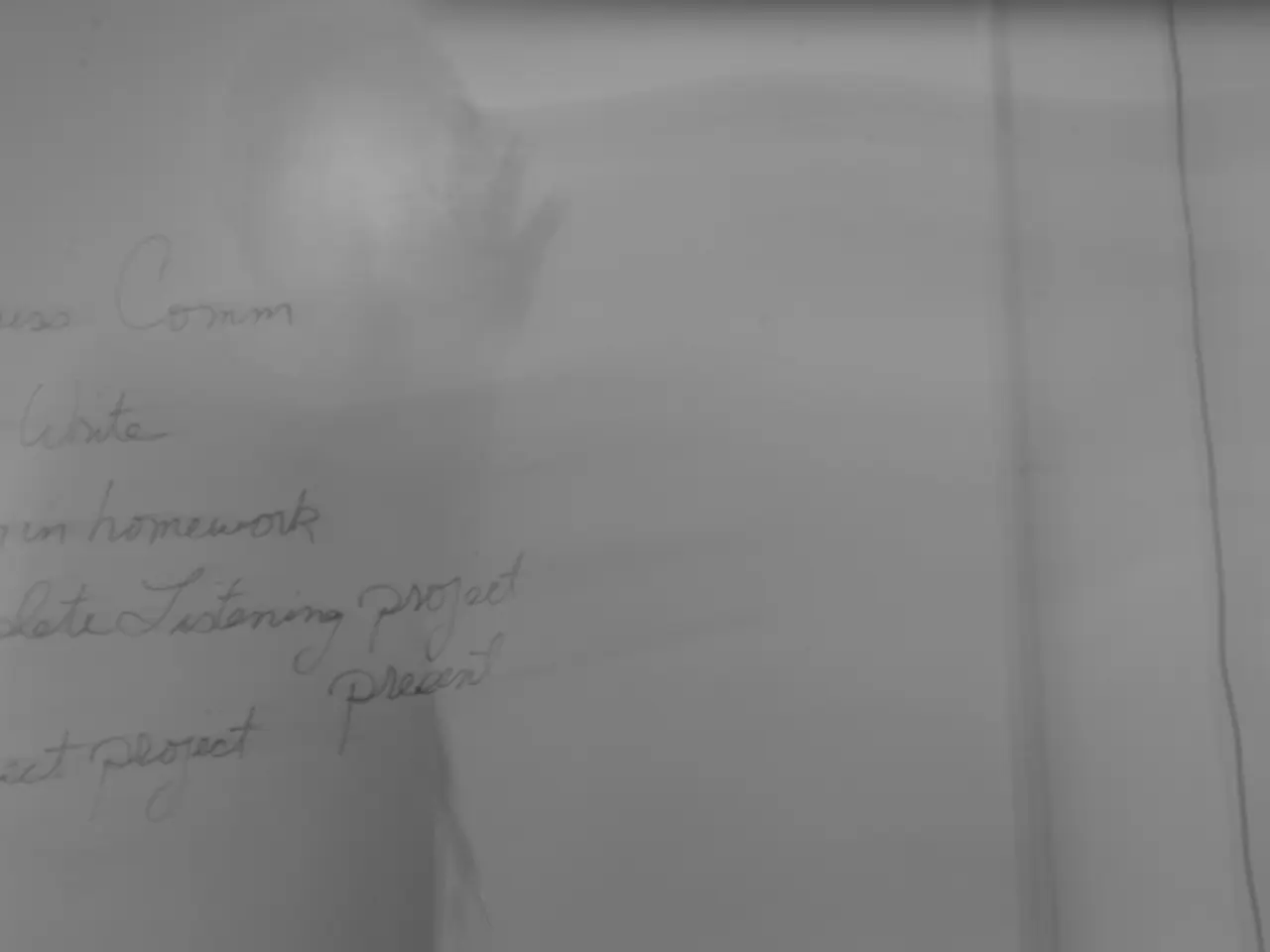Will the Federal Reserve lower interest rates? Opinions from industry professionals
The upcoming Federal Reserve interest rate decision in September 2025 is generating significant interest, with a strong likelihood of a rate cut.
Economic indicators suggest a slowing economy, as evidenced by moderated growth in the first half of 2025. This trend is further supported by recent data, such as a weak jobs report and lower-than-expected inflation readings, which point towards the Fed's potential intervention to stimulate economic activity [1][3].
The Federal Open Market Committee (FOMC) meeting held recently saw dissenting votes for a rate cut, indicating that some members are already leaning towards lowering rates [1]. Market data from CME FedWatch indicates a high probability of a rate cut, with estimates ranging from 83% to 94% for a cut as of mid-August 2025 [2].
Fed Chair Jerome Powell has discussed downside risks to employment and acknowledged that while inflation is still somewhat elevated, it is not alarmingly so. This suggests the Fed is prepared to adjust rates if necessary to support employment and control inflation [3][4].
However, it's important to note that the final decision will depend on the economic data and outlook at the time of the meeting.
Despite pressure from President Trump, the Federal Reserve has held interest rates steady for months. The inflation report from earlier this week showed inflation holding steady and less than a percentage point higher than the Fed's target rate of 2% [5].
The Fed's building renovation project is expected to reduce costs over time by allowing the Board to consolidate most of its operations.
Economists are divided on whether Trump's pressure campaign could influence the Fed's rate decision next month. Fed Chair Jerome Powell has rejected the notion of political interference in the Fed's policy decisions [6].
The Fed, an independent agency established by Congress, operates with the president having the authority to remove the Fed chair for "cause" but no president has ever done so.
[1] - Economists predict a quarter-point interest rate cut when central bankers meet next month. [2] - Futures markets expect a rate cut, with investors pegging the chances at nearly 96%. [3] - A weak jobs report earlier this month revealed a sharp slowdown of the labor market. [4] - An inflation report earlier this week came in lower than economists expected, with inflation holding steady and less than a percentage point higher than the Fed's target rate of 2%. [5] - The federal funds rate stands between 4.25% and 4.5%, preserving much of a sharp increase imposed in response to a pandemic-era bout of inflation. [6] - President Donald Trump has called for lower interest rates after a recent inflation reading came in lower than expected. [7] - The Fed has a difficult balancing act, weighing potential slower job growth against potential inflation. [8] - The Fed's building renovation project has experienced cost overruns, with the central bank attributing these to unforeseen cost increases. [9] - Some analysts believe central bankers may lean toward a rate cut due to Trump's urgings, while others believe the Fed will make its decision based solely on economic data. [10] - The Fed is guided by a dual mandate to keep inflation under control and maximize employment. [11] - Trump has repeatedly urged the central bank to lower interest rates, citing the policy's potential to boost economic performance and reduce interest payments on government debt. [12] - Powell's term as chair is set to expire in May 2026. [13] - Employers added an average of about 35,000 jobs over three months ending in July, marking a significant slowdown from the prior three months. [14] - Core inflation has increased in July, indicating three consecutive months of rising inflation for many goods. [15] - The Fed is an independent agency established by Congress, with the president having the authority to remove the Fed chair for "cause" but no president has ever done so.
- The upcoming Federal Reserve interest rate decision is generating significant interest, not just in the business world, but also in the realm of politics, as President Trump has called for lower interest rates.
- The slowing economy, as indicated by the moderated growth in the first half of 2025, could potentially have implications for the finance industry, as investors might reconsider their strategies due to the uncertainty.
- The potential impact of the Fed's interest rate decision extends beyond the domestic economy, with international investors closely watching the developments, given the interconnected nature of global economies.
- Despite the pressure from President Trump and the ongoing debate among economists, the Fed, as an independent agency established by Congress, operates with the primary focus on the dual mandate of controlling inflation and maximizing employment, rather than political considerations.




